This is the portrait. What I saw was a portrait of a beautiful young girl who I was sure had Down syndrome. Her eyes seemed to have that well-known almond shape and upward slant. Her fingers also appeared smaller/shorter. (Image from the Gibbes Museum Online Database)
I wondered if there was any information on who she was and read the card next to the portrait. All it said about her was her name was Judith Smith and under that it said (Mrs James Ladson) with the years she was born and died. Hmmm... she had been married. Maybe she didn't have Down syndrome after all, but I really thought those eyes were unmistakable and I was intrigued to try and find out more.
When I got home I went to trusty Google to see what else I could find out about her. There wasn't much more beyond the information that was on the card; just who her parents were and that she and James had children; one report had 7 daughters. James Ladson was an officer in the Continental Line during the Revolution.
The only other portrait I came across of Judith was this one (also from the Gibbes Museum Online Database). She's obviously older but her eyes do not look like the younger one I saw in the museum at all. Nor do the fingers. It was also done by a different artist.
So I looked up the artist who did the first portrait - John Wollaston. Under the heading for his style it says, "... and his subjects are smiling and oval-eyed. His treatment of the subjects' eyes in particular is considered somewhat peculiar, and serves to identify even his unsigned portraits."
Ok, so I guess the mystery about the woman in the portrait was solved; she didn't have Down syndrome after all.
It is interesting though. Why Mr. Wollaston painted eyes the way he did. I wonder if there was some personal reason he painted his subjects with 'oval-eyes'.



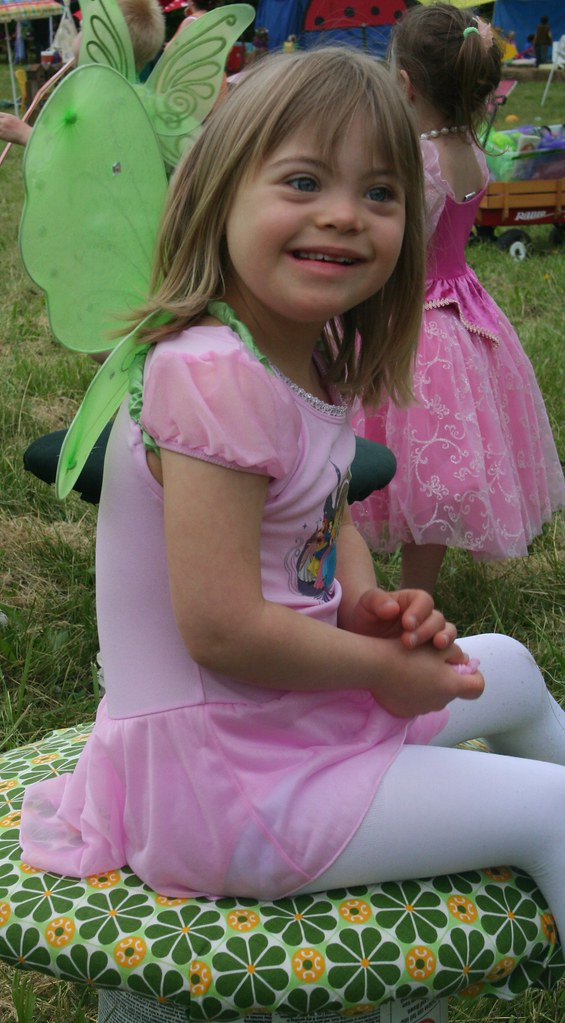




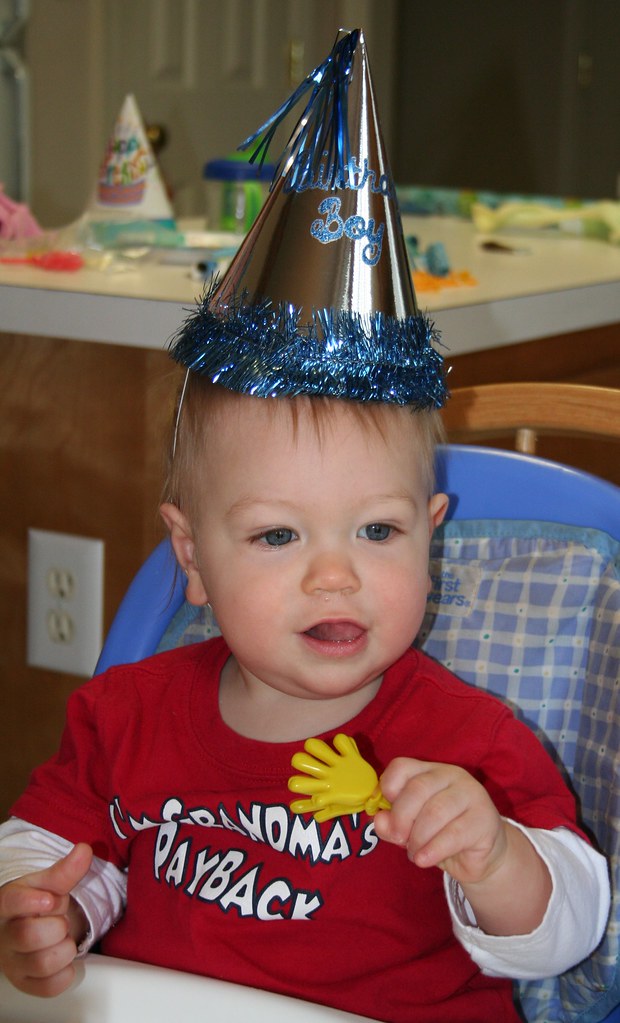






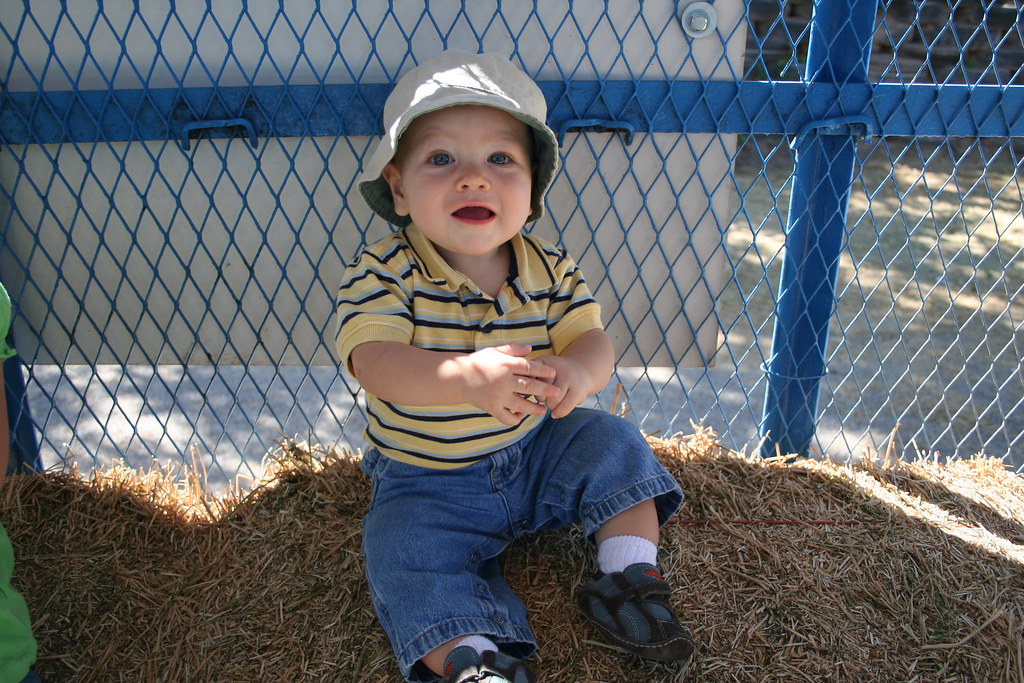


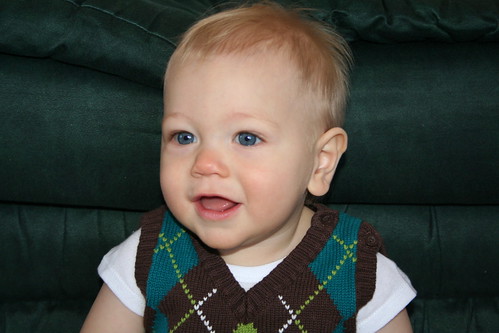



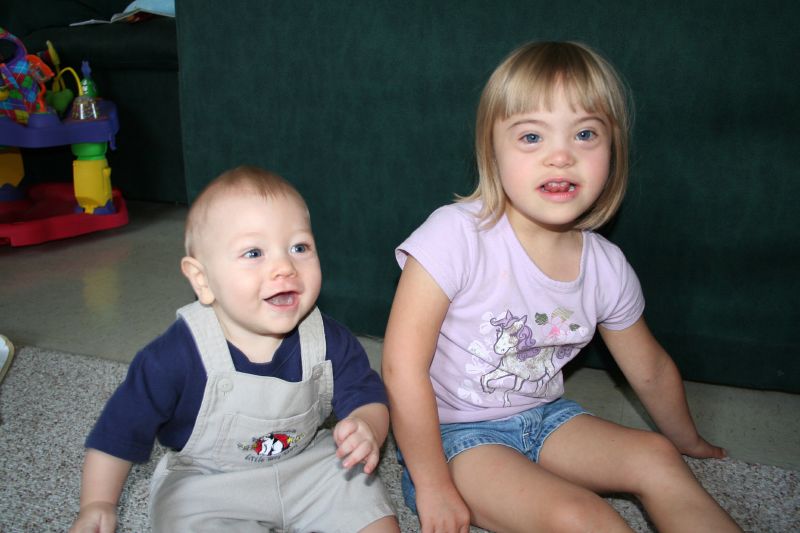


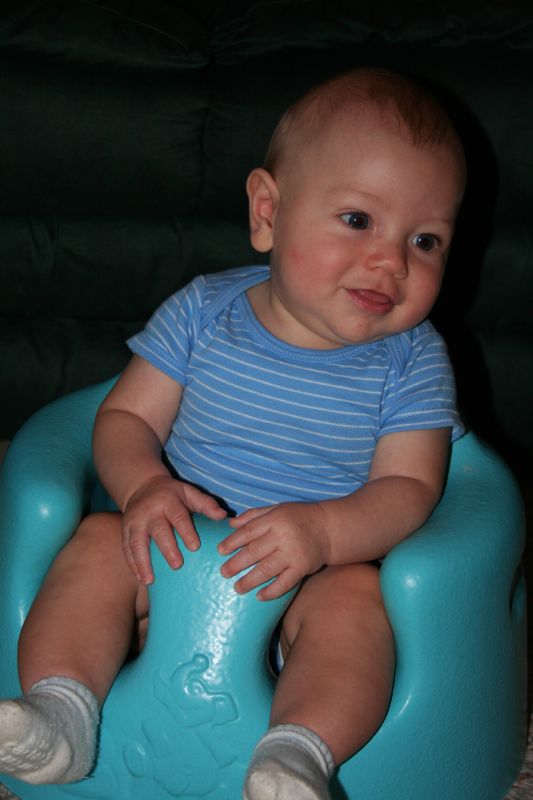



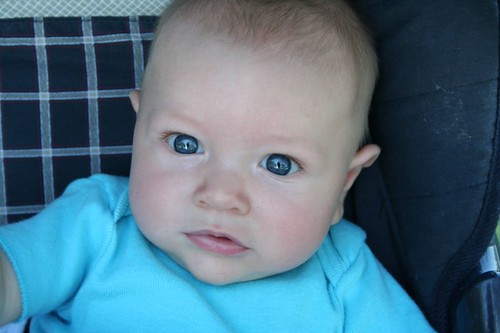
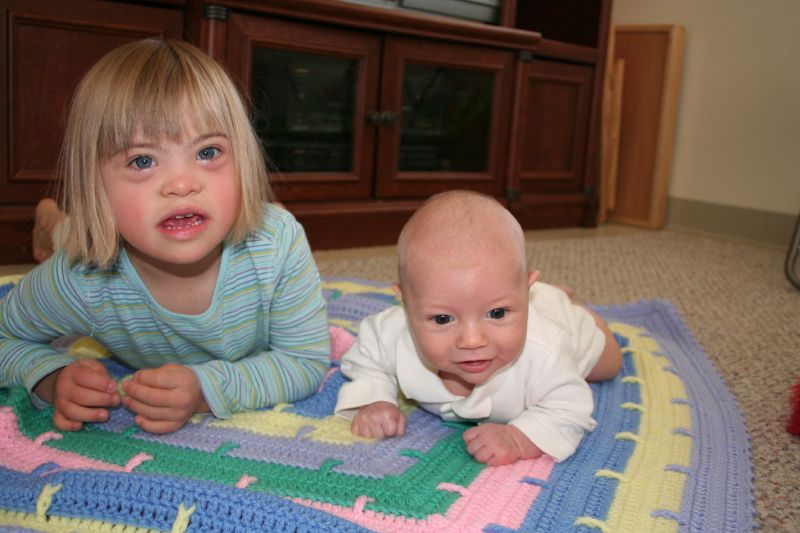
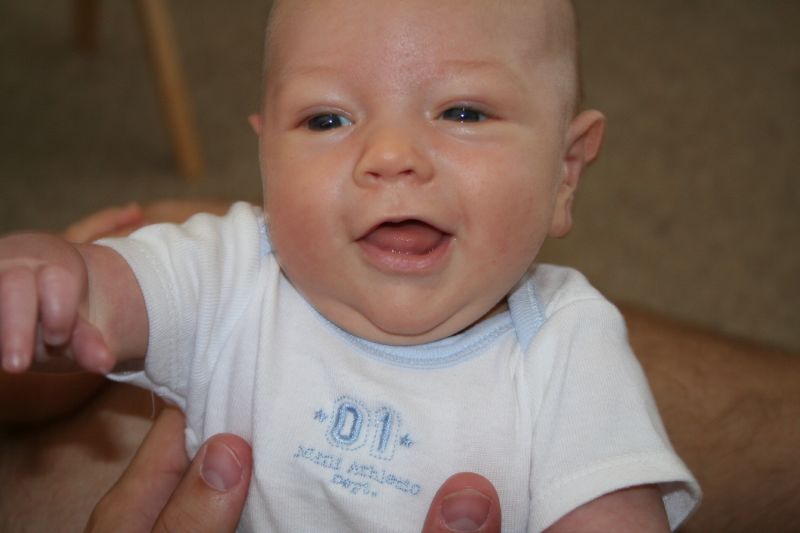
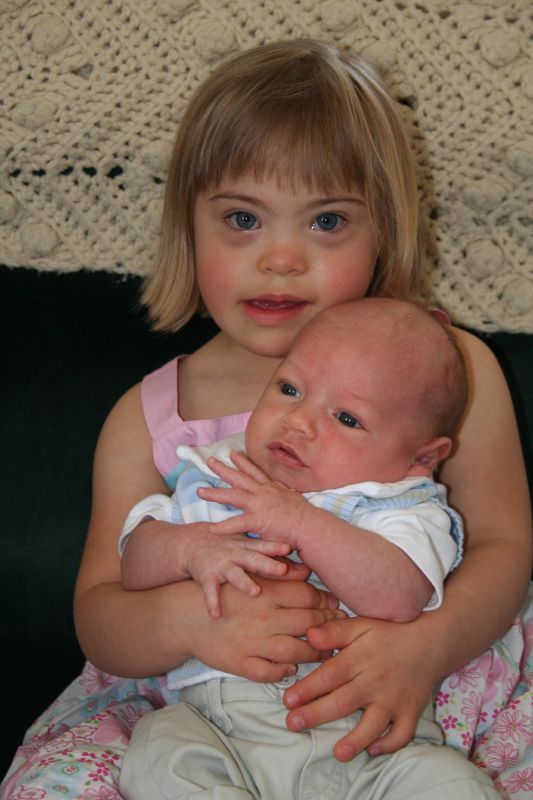

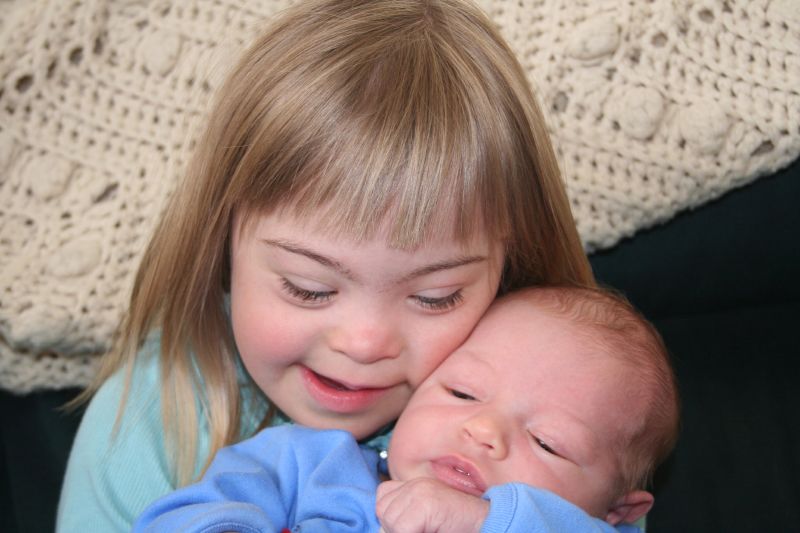
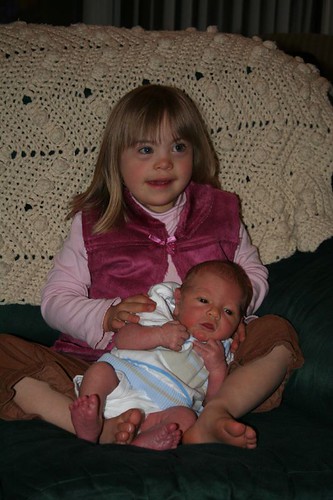
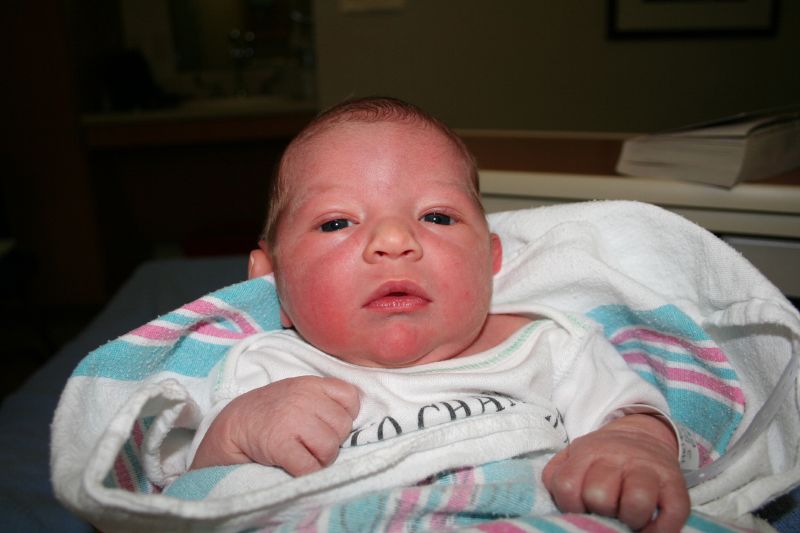
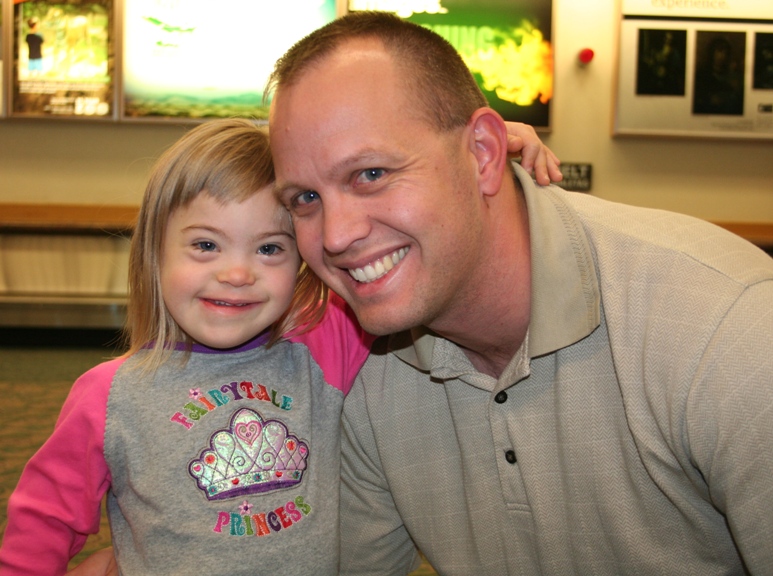




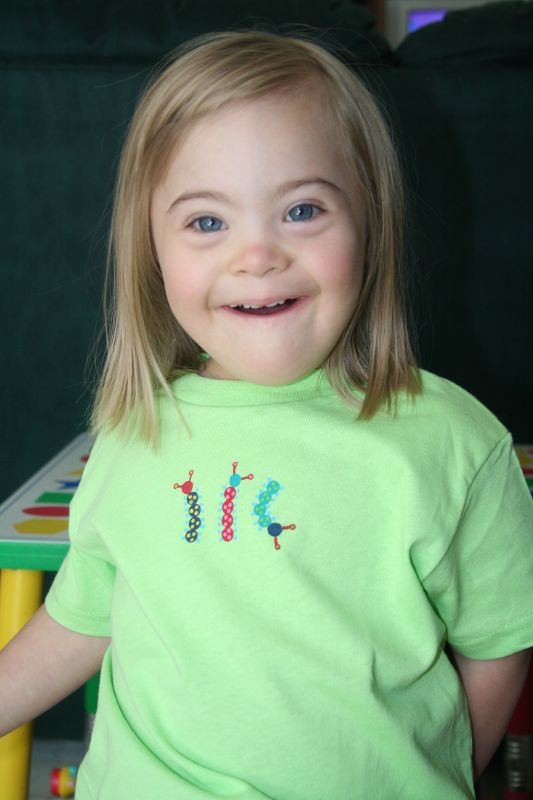



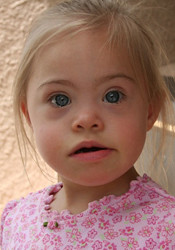






4 comments:
Let's try this again . . . (major typo that made everything not make sense!)
What a neat thing for Kayla to see someone who she looks like hanging in a museum. You know, I wouldn't have probably paid as close attention to that one as you did, but it is definitely an interesting observation.
I have a print from 1956 that hangs on my wall. It is a wood cut and you can tell that it is a woman standing in profile, but can't tell whether she is pregnant or her hands are in front of her. Her race is non-specific, but there are details like hair that could definitely suggest one race over another. I actually did a paper on it in a History of Prints class in college. Whatever the case, she likes to hang in the little strip between the woodwork, right outside my bedroom door.
The things that we see when we stop to take a moment and truly smell the roses.
1:07 PM
fascinating!! Yes, it does make wonder, or just the fact that you thought the women was beautiful with the almond eyes and you immediately thought of Kayla!!! love/mom/grandma
I think artists definitely put their own feelings and heart into their work. It could be possible that he knew someone with those specific features that touched his heart. It's interesting though how most people with disabilities were "hidden" from history. I find it interesting that Charles de gaulle, as famous as he was, there is very little information about his daughter that was born with Ds.
Post a Comment